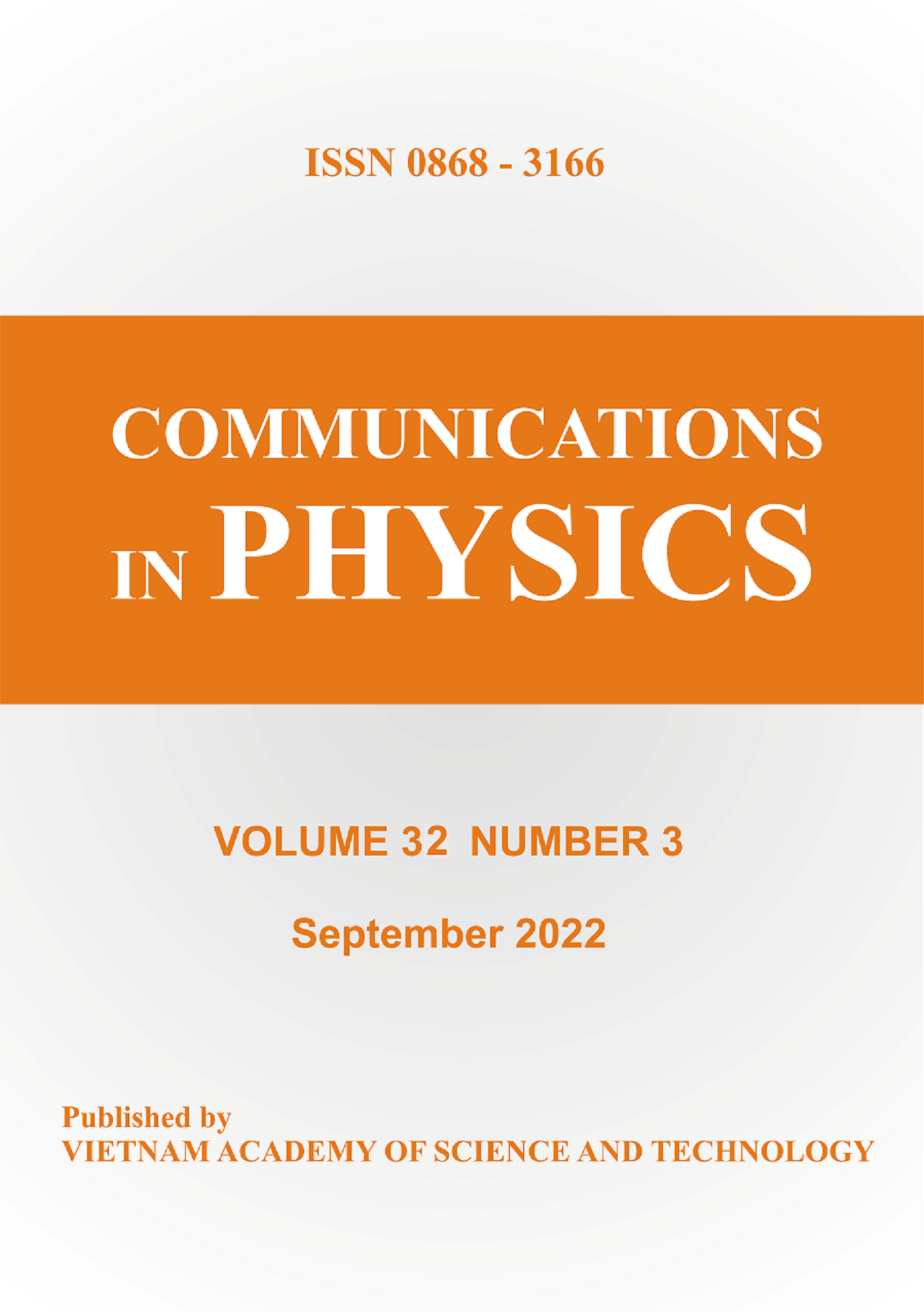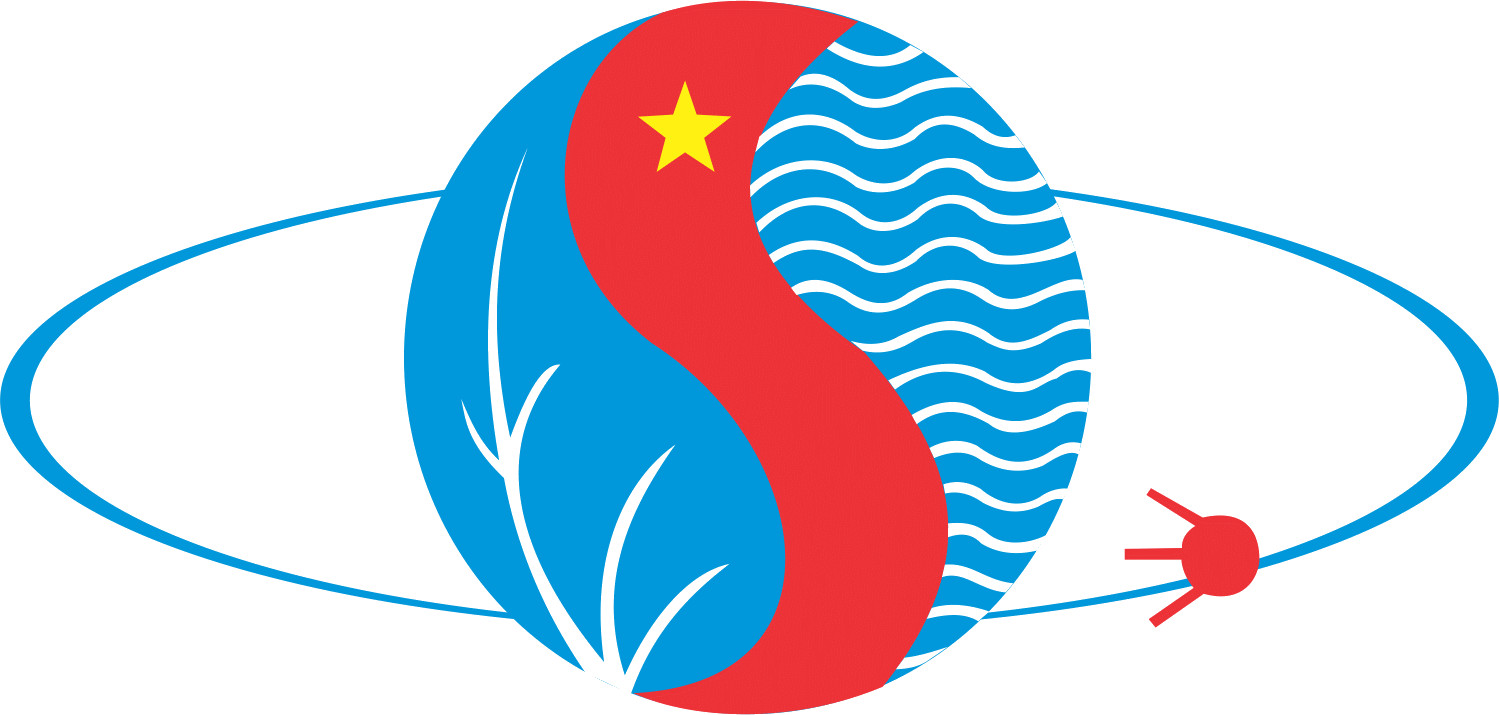Chiral Anomaly, Triangle Loop and the \(\gamma\gamma^{*}\to \pi^{0}\) Transition Form Factor
Author affiliations
DOI:
https://doi.org/10.15625/0868-3166/22/4/2554Abstract
The recent BaBar measurements of the \(\gamma +\gamma ^{ * } \to \pi ^{0 }\) form factor show spectacular deviation from perturbative QCD computations for large space-like \(Q^{2}\). At 34 GeV\(^{2}\) the data are more than 50% larger than theoretical predictions.
Stimulated by these new experimental results, we revisit our previous paper on triangle loop effects related to chiral anomaly, and apply our method to the \(\gamma +\gamma ^{ * } \to \pi ^{0 }\) transition form factor measured in the single tag mode \(e^{ + }+e^{ - } \to e^{ + }+ e^{ - }+\pi ^{0 }\) with one highly virtual photon \(\gamma ^{ * }\). The resultant form factor \(F(Q^{2})\)- which depends on only one parameter (the mass \(m\) of up, down quark circulating in the triangle loop) behaves like \((m^{2}/Q^{2}) \times [\ln (Q^{2}/m^{2})]^{2}\)- shows a striking agreement with BaBar data for \(m \approx 132\) MeV. The rising logarithm squared form factor, surprisingly unnoticed in the literature, is in sharp contrast with the rather flat ones derived from perturbative QCD approaches.
Downloads
Download data is not yet available.
Metrics
Metrics Loading ...
Downloads
Published
10-01-2013
How to Cite
[1]
P. T. Nang and P. X. Yem, Chiral Anomaly, Triangle Loop and the \(\gamma\gamma^{*}\to \pi^{0}\) Transition Form Factor, Comm. Phys. 22 (2013) 289. DOI: https://doi.org/10.15625/0868-3166/22/4/2554.
Issue
Section
Papers
License
Authors who publish with CIP agree with the following terms:- The manuscript is not under consideration for publication elsewhere. When a manuscript is accepted for publication, the author agrees to automatic transfer of the copyright to the editorial office.
- The manuscript should not be published elsewhere in any language without the consent of the copyright holders. Authors have the right to enter into separate, additional contractual arrangements for the non-exclusive distribution of the journal’s published version of their work (e.g., post it to an institutional repository or publish it in a book), with an acknowledgement of its initial publication in this journal.
- Authors are encouraged to post their work online (e.g., in institutional repositories or on their websites) prior to or during the submission process, as it can lead to productive exchanges or/and greater number of citation to the to-be-published work (See The Effect of Open Access).
Received 12-11-2012
Accepted 21-11-2012
Published 10-01-2013
Accepted 21-11-2012
Published 10-01-2013













